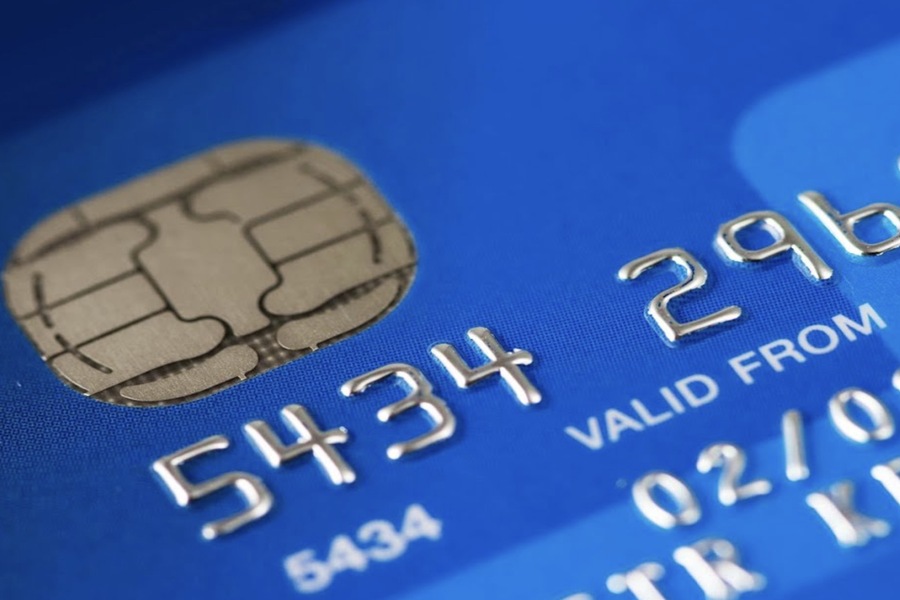In the contemporary financial landscape, the concept of cash back on credit card has ascended to a pivotal role, serving as a quintessential feature for consumers seeking to optimize their purchasing power. This treatise delves into the multifaceted dimensions of cash back on credit cards, elucidating its mechanisms, benefits, and the nuanced considerations one must undertake to maximize its potential.
The Genesis of Cash Back on Credit Cards
The inception of cash back on credit cards can be traced to the late 20th century, as financial institutions sought innovative ways to entice customers and foster loyalty. The cash-back paradigm essentially entails the provision of a percentage rebate on expenditures made via the credit card. This rebate is typically credited to the cardholder’s account, either as a direct statement credit or as a deposit into a designated account.
Mechanisms Underpinning Cash Back on Credit Cards
At the heart of cash back on credit cards lies a sophisticated interplay of algorithms and financial strategies. Credit card issuers establish partnerships with myriad merchants, leveraging these alliances to offer cardholders rebates on specific categories of spending. These categories often encompass quotidian expenditures such as groceries, fuel, and dining, thereby augmenting the appeal of cash-back rewards.
Moreover, cash back on credit cards is frequently structured to incentivize certain behaviors. For instance, tiered cash-back schemes reward higher spending with proportionally greater rebates, thereby encouraging cardholders to channel a larger share of their expenditures through the issuer’s card. Similarly, rotating category cash-back programs, which offer enhanced rebates on specific categories that change periodically, require consumers to remain vigilant and adapt their spending habits accordingly.

The Pecuniary Advantages of Cash Back on Credit Cards
The monetary benefits of cash back on credit cards are manifold. Foremost among these is the direct financial return on expenditures. A judiciously selected cash-back card can effectively reduce the net cost of purchases, thereby enhancing the consumer’s overall purchasing power. Furthermore, many cash-back cards eschew annual fees, thereby providing a cost-effective means of reaping financial rewards.
Another salient advantage is the potential for cash-back rewards to ameliorate financial planning. By accruing cash back rebates, cardholders can create a quasi-savings mechanism, earmarking these funds for specific purposes such as holiday shopping or unforeseen expenses. This aspect of cash back on credit cards imbues it with a degree of financial flexibility that is highly coveted by discerning consumers.
Dissecting the Cost-Benefit Analysis of Cash Back on Credit Cards
Despite the evident allure of cash back on credit cards, it is imperative to undertake a rigorous cost-benefit analysis. One must consider the opportunity cost associated with these cards, particularly in comparison to alternative reward structures such as travel points or low interest rates. Moreover, the propensity for cash-back programs to engender increased spending must be vigilantly monitored, lest the financial benefits be nullified by imprudent fiscal behavior.
In addition, the terms and conditions governing cash back on credit cards warrant meticulous scrutiny. Some cards impose caps on the amount of cashback that can be earned, thereby circumscribing the overall financial benefit. Others may offer enticing introductory cash-back rates that diminish after a stipulated period. Consequently, a thorough comprehension of these parameters is indispensable for optimizing the utility of cash back on credit cards.
Strategic Utilization of Cash Back on Credit Cards
The strategic deployment of cash back on credit cards necessitates a deliberate and informed approach. Cardholders should endeavor to align their card selection with their spending patterns, opting for cards that offer elevated rebates in categories where they incur the highest expenditures. For instance, a card that provides a superior cash-back rate on grocery purchases would be advantageous for a household with substantial food-related outlays.
Furthermore, the conscientious management of multiple cash back cards can amplify the overall financial return. By diversifying one’s portfolio of cash back cards and capitalizing on the unique strengths of each, a consumer can ensure that they are consistently reaping optimal rewards across various spending categories. This stratagem, however, demands a heightened degree of financial acumen and organizational prowess.
Comparative Analysis of Cash Back on Credit Cards
A comparative analysis of cash back on credit cards reveals significant variability in the features and benefits offered by different issuers. Some cards may proffer flat-rate cash back, providing a uniform rebate on all purchases. Others may emphasize category-based cash back, with differential rates for distinct spending categories. Additionally, certain cards incorporate sign-up bonuses, which provide a substantial initial influx of cashback contingent upon meeting a specified spending threshold within a designated time frame.
It is also germane to consider the ancillary benefits that accompany cash back on credit cards. Many issuers offer supplementary perks such as purchase protection, extended warranties, and travel insurance. These benefits can augment the overall value proposition of cash-back cards, rendering them a more attractive option for consumers.

The Future Trajectory of Cash Back on Credit Cards
The future trajectory of cash back on credit cards is poised to be shaped by technological advancements and evolving consumer preferences. The proliferation of digital wallets and contactless payments is likely to engender new paradigms in cash-back rewards, with issuers leveraging these technologies to offer real-time cash-back and personalized reward structures.
Moreover, the increasing emphasis on sustainability and ethical consumption may catalyze the development of cash-back programs that incentivize environmentally conscious spending. Cards that offer enhanced cash back on purchases from eco-friendly merchants or sustainable products could resonate with the burgeoning demographic of socially responsible consumers.
Conclusion
In summation, the realm of cashback on credit cards is replete with intricacies and potential benefits. By comprehending the mechanisms underpinning these programs, undertaking a judicious cost-benefit analysis, and strategically aligning card selection with spending habits, consumers can maximize the pecuniary advantages offered by cash back on credit cards. As the financial landscape continues to evolve, staying abreast of emerging trends and innovations in cash-back rewards will be paramount for consumers seeking to optimize their financial outcomes.

One of the best modern examples of literary biography, with its artfully chosen detail and narrative arc combining with a close reading of major texts.




